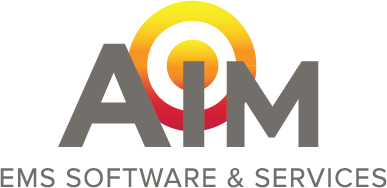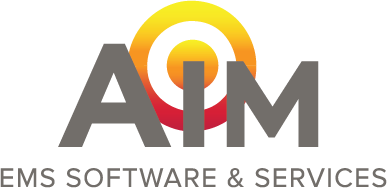Ensuring that you’re properly reimbursed for all ambulance transports is critical for maximizing your revenue. While ambulance billing is complex generally, ambulance coding is especially complicated. By following industry standard ambulance coding guidelines, you can avoid billing problems and payment delays, keeping critical cash flowing through your agency.
This blog post is part of a series on ambulance billing, offering tips and insights to help you improve ambulance billing efficiency, reduce claim rejections, and get reimbursed faster.
A Best-Practices Approach to Ambulance Coding
One of the nuances involved in ambulance billing is coding transport origins and destinations properly. There are unique modifiers used in ambulance billing, for both origins and destinations, along with mileage requirements that need to be met. These are just some of the many factors that make ambulance billing so different from other types of medical billing.
In the course of two-plus decades of providing EMS billing services and software, AIM has learned what it takes to code ambulance transports properly and ensure accurate reimbursement. We’ve found that the following best practices can help EMS agencies handle ambulance coding correctly, avoid problems with ambulance claims, and maximize revenue.
Follow CMS Ambulance Coding Guidelines
When it comes to identifying proper origins and destinations, it’s common practice for EMS agencies to follow the Centers for Medicare and Medicaid (CMS) guidelines for Medicare ambulance billing. In fact, most commercial carriers have adopted these guidelines for ambulance coding. The Medicare Learning Network recently released a Booklet that does a good job of covering ambulance billing topics and guidelines.
Determine Appropriate Origin and Destination Modifiers
Your EMS agency is required to use modifiers that identify the place of origin and destination of all ambulance transports on all ambulance claims. Each modifier consists of two characters: The first character represents the origin and the second represents the destination.
For example, modifier HN means a hospital was the origin and a nursing home was the destination for the transport. You can also add a second modifier to the ambulance claim to address additional claim requirements, such as GW (not hospice related) or GY (not medically necessary).
Using the right combination of origin and destination modifiers is critical to your agency’s ambulance billing for several key reasons: It minimizes claim rejections, ensures the payment amount is accurate, helps prevent audit problems, and reduces the likelihood that you’ll need to make a significant payment refund. However, applying the correct modifier to ambulance billing isn’t always straightforward.
Let’s say a patient is transported to a physician’s office or clinic that’s located within a hospital facility. If the patient is taken through the hospital emergency department, the bill should not be coded using the hospital modifier as the destination. If the patient is being transported to that facility for a physician office visit, the destination modifier should reflect that.
There are many nuances involved in coding ambulance bills with the correct origin and destination modifiers. CMS IOM Publication 100-04, Chapter 15, Section 30 provides more details on the use of origin and destination modifiers in Medicare ambulance billing and coding.
Understand the Different Mileage Scenarios
Another factor that impacts ambulance billing and coding is the particular mileage scenario involved in the patient transport. For example, scenarios such as miles beyond the closest facility have unique billing requirements. CMS regulations and guidelines on Medicare claims cover some common mileage scenarios, as outlined on page 45 of this document.
To ensure correct payment on medically necessary transports, it’s best to transport the patient to the closest appropriate facility. Unless otherwise pre-authorized by the payer—for example, in the case of patient preference—be sure the patient or their representative signs an Advanced Beneficiary Notice (ABN) form.
Keep Meticulous Ambulance Billing and Coding Records
CMS can audit your EMS transports for up to 11 years after they occur. Recently, they’ve focused their audits on non-emergency transports. To avoid audit problems, your agency should be sure to obtain and maintain copies of required forms, such as ABNs, along with signatures. Remember to attach any supporting documents to the electronic patient care report (ePCR) or directly to the bill for proper documentation and future reference.
AIM Can Help You Avoid Billing Coding Challenges
As the industry’s top-rated EMS billing service and provider of industry-leading EMS billing software, AIM knows how to optimize your revenue, improve your cash flow, and free you from the administrative burdens of ambulance billing. Our NAAC-certified billing specialists are adept at navigating the unique challenges of EMS billing, including the intricacies of ambulance billing coding. We ensure your ambulance billing is accurate, so you can avoid claim denials and rejections and keep cash flowing through your operation.
Whether you choose our EMS Billing Software or outsource this function to AIM through our EMS Billing Services, you’ll gain assurance that your ambulance billing and coding is accurate. We’ve handled over $1.5 billion in billable transports and processed over $409 million in payments on behalf of leading EMS agencies across the country.
Get a free billing assessment to learn how you can improve this critical function and maximize your revenue. Or contact us at 1-800-726-4690 to learn more about our EMS Billing Software or EMS Billing Services.




